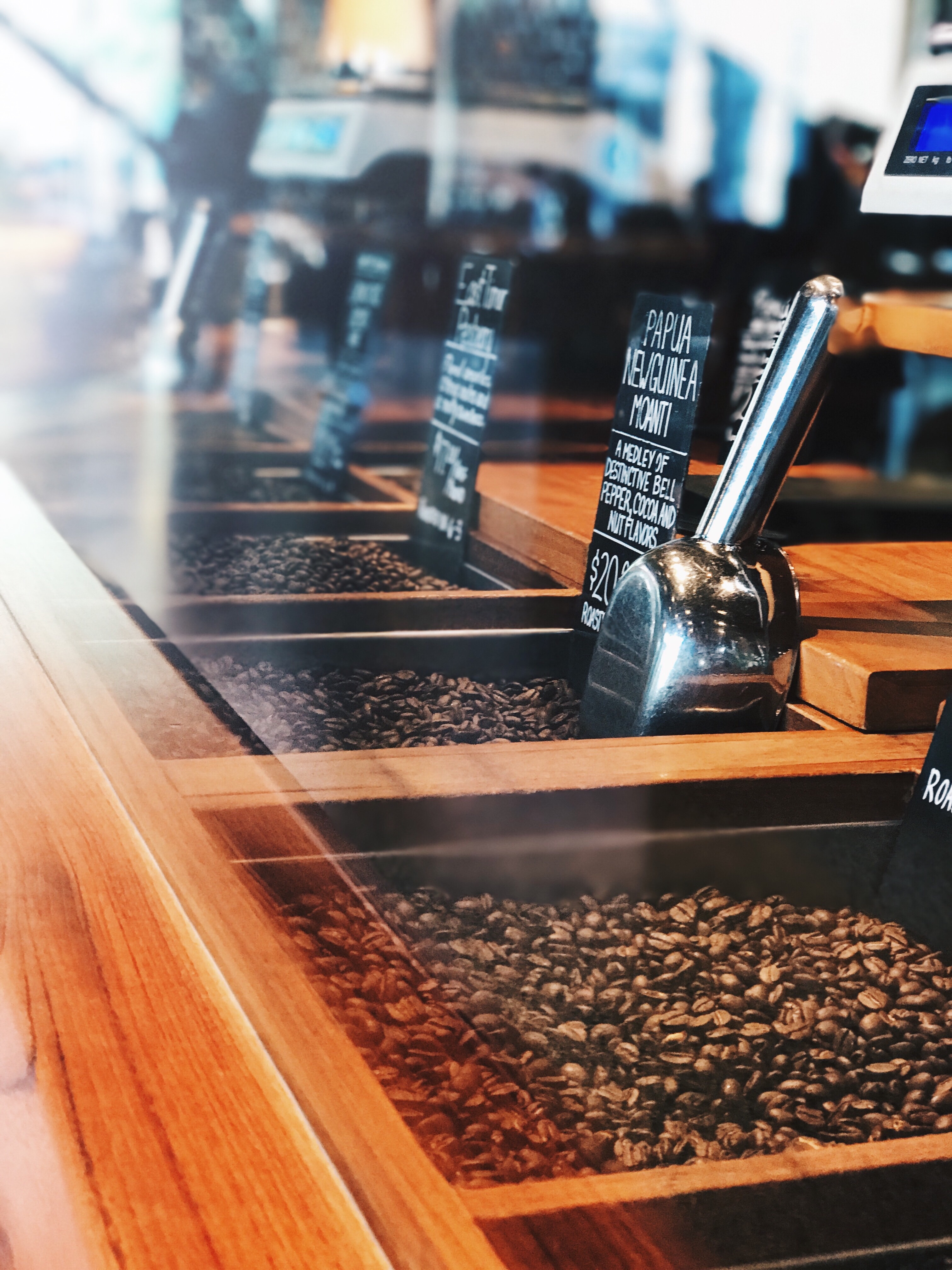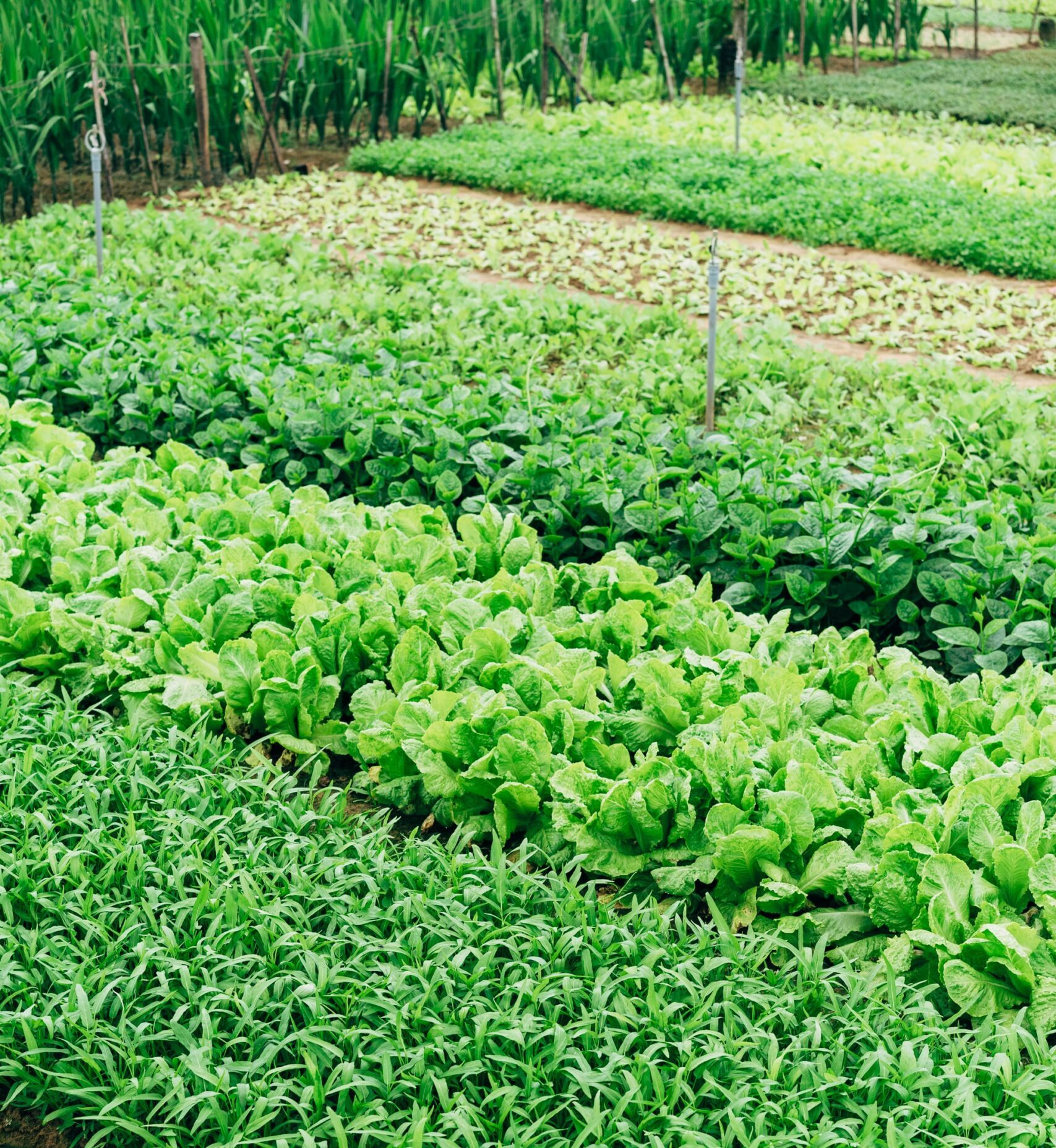Chances are, you had a cup of coffee or tea this morning—maybe you’re even sipping on a steaming mug right now. I’m drinking a cup of hot tea as I write this. People all over the world drink coffee and tea every day. In the U.S. alone, Starbucks sells 4 million cups of coffee a day. Keep in mind that Starbucks has shops in over 70 different countries, and the U.S. is just one of them. According to Clean Water Action, Starbucks uses over 4 billion of its signature cups each year. That’s a lot of coffee.
That’s also an astronomical amount of waste. The figure includes just the plastic-lined paper cups used for coffee. That’s not taking into account the lids for those cups, the green plastic stirrers, the plastic cups and lids for cold drinks, and the green plastic straws. And that’s just on the consumer’s side of waste. That is not taking into account the packaging that their supplies come in, any of the flavor pumps, or milk containers, all of those come in plastic as well. As you can imagine, this ends up amounting to mind-boggling waste at the end of the day. Starbucks has tried to change its product in the past to reduce its waste. Though the company once announced that its goal was to have a fully recyclable coffee cup by 2015, we have yet to see this.
Last week, Starbucks CEO Kevin Johnson gave a new pledge toward a more sustainable future for the company. The CEO calls on the milestone of the company’s 50th anniversary coming up in 2021 for this revolutionary change toward more eco-friendly business practices. After recently introducing oat milk to 1,300 locations (although plant-based milk drinkers still need to pay extra), Starbucks seems to be on an environmental kick this year. Kevin Johnson wrote in a public statement, “Now, it’s time to create a new, bold, broad aspiration—and it’s work that will require visionary thinking, new ways of working, investment of resources and urgent action. In that sense, I see today as a milestone for our business as we declare our concern about our planet’s future and commit to doing more.”

Three preliminary targets were set for 2030: Starbucks plans to reduce carbon emissions from direct operations by 50%, replenish 50% of the water that the company uses for direct operations and coffee production, and strive to reduce waste sent to the landfill from stores and manufacturing by 50%. These preliminary targets were also followed with five “environmental strategies” to lead the company towards a more “resource-positive” future. Johnson’s vision for this future is to be able to eventually give more than the company takes from the planet. The five strategies are:
-
Expand plant-based options, migrating toward a more environmentally friendly menu.
-
Shift from single-use to reusable packaging.
-
Invest in innovative and regenerative agricultural practices, reforestation, forest conservation and water replenishment in our supply chain.
-
Invest in better ways to manage our waste, both in our stores and in our communities, to ensure more reuse, recycling and elimination of food waste.
-
Innovate to develop more eco-friendly stores, operations, manufacturing and delivery.
All of this sounds wonderful, and at first, I had a hard time seeing anything wrong with the promises that were being made. But then I started paying more attention to the verbiage that was being used. Phrases such as preliminary, direct operations, and broad begun to jump out at me. Not giving specific goals or even a timeline for the five strategies makes is easy for Starbucks to do the same thing that they did when they promised the public a fully recyclable cup by 2015. Kevin Johnson promised to give more defined goals in 2021, at the company’s 50th anniversary. Starbucks must be held accountable for this. With so many companies making promises this year to improve their business practices in regards to the environment, it’s imperative that we keep them accountable for all of them.
Direct operations for Starbucks only include making the coffee drinks and transporting any supplies to the stores. So the promises don’t include the carbon emissions, water used, or waste created by growing the coffee, transporting it to the various countries, making the food, making the cups, utensils, etc. And with no clear goals listed for how the company plans on switching to reusable packaging and moving towards a more circular economy, those aspects of the business profoundly affect the overall carbon footprint of Starbucks. However, this is still a good sign. This means our decisions are still making a difference. When you take your reusable cup to Starbucks, it’s noticed. When you order plant-based milk, it’s noticed. When you’re disappointed that that lemon poundcake still doesn’t have a vegan option, it’s noticed. Don’t stop asking for the changes that will save our world.
__
Photo: Nadine Shaabana on Unsplash; Andrew Spencer on Unsplash




